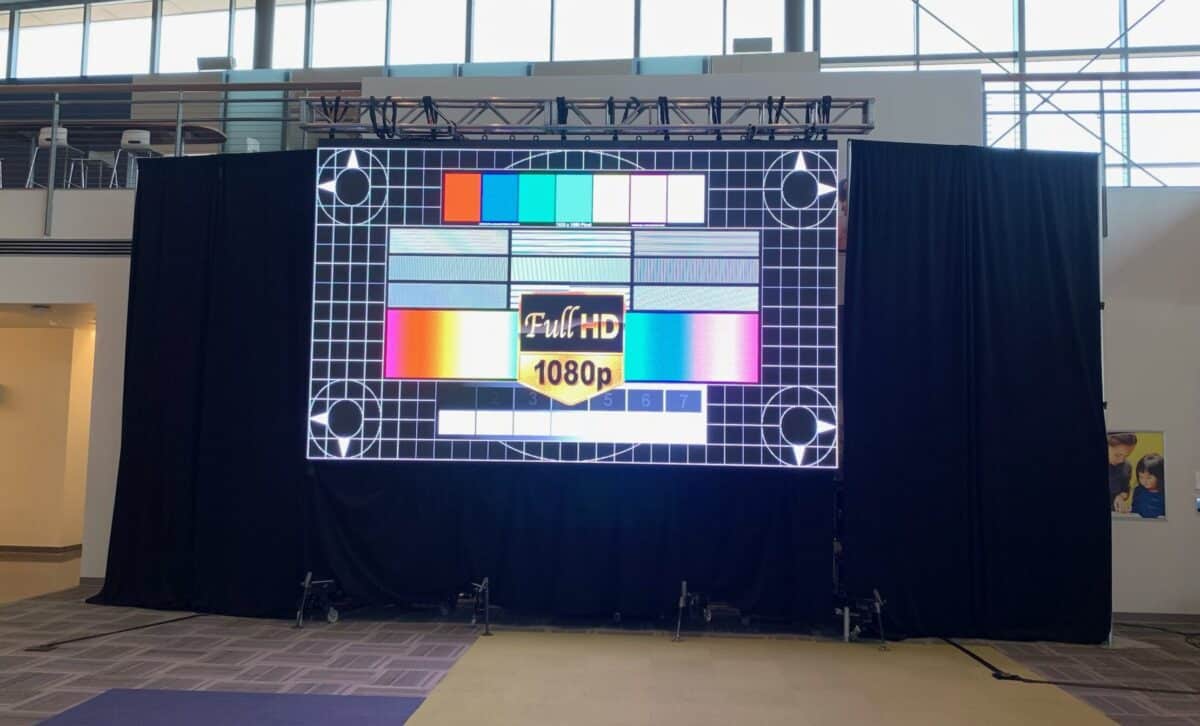Mastering the Art of Hue Calibration for Stunning Imagery on LED Walls
Wiki Article
Hue tuning is an essential process for attaining breathtaking images on LED walls. LED screens are widely used in various environments, such as musical events, meetings, and promotional presentations. These screens are made up of numerous small light-emitting diodes that produce images and footage. However, if the hues are not adjusted correctly, the images can look dull or warped. Hue calibration ensures that the colors displayed on the light-emitting diode screen are accurate and lively, improving the complete watching encounter.
The initial phase in hue tuning is comprehending the hue space. Color space refers to the scope of hues that can be displayed on a display. Various equipment, such as photographic devices and monitors, may use different color spaces. Common hue spaces include standard RGB, Adobe RGB, and Digital Cinema Initiatives P3. Understanding which hue spectrum the light-emitting diode screen uses is crucial for proper tuning. This understanding assists in modifying the colors to match the intended result, guaranteeing that the images look as they were meant to be seen.

Next, using a hue tuning tool is vital for achieving precise outcomes. These devices can be physical devices or software applications designed to measure and adjust colors. A color measurement device is a commonly used physical device that assesses the colors displayed on the LED wall. It provides data on how the hues appear compared to the reference values. By using this data, adjustments can be made to the LED wall settings, such as luminosity, differentiation, and hue equilibrium. This procedure assists in matching the shown hues with the intended hue benchmarks.
Another important aspect of color calibration is surrounding illumination evaluation. The illumination in the surroundings where the light-emitting diode screen is situated can greatly influence how colors are perceived. For instance, bright surrounding illumination can dull hues, making them look less lively. Therefore, it is crucial to assess the illumination environment before tuning the light-emitting diode screen. Modifications may need to be made to the wall's luminosity and differentiation settings to compensate for the ambient illumination. This guarantees that the hues stay bright and faithful to their desired look.
In conclusion, routine upkeep and re-tuning are essential to maintain the light-emitting diode wall performing at its best. Over time, the a great post colors on the LED wall may drift due to factors like aging components or changes in the environment. Regularly scheduled calibrations help to preserve color precision and consistency. It is also advantageous to keep a record of calibration settings and results. This documentation can help in spotting trends or problems that may occur, enabling for prompt modifications. By prioritizing color tuning, users can guarantee that their light-emitting diode walls deliver breathtaking images that captivate audiences.